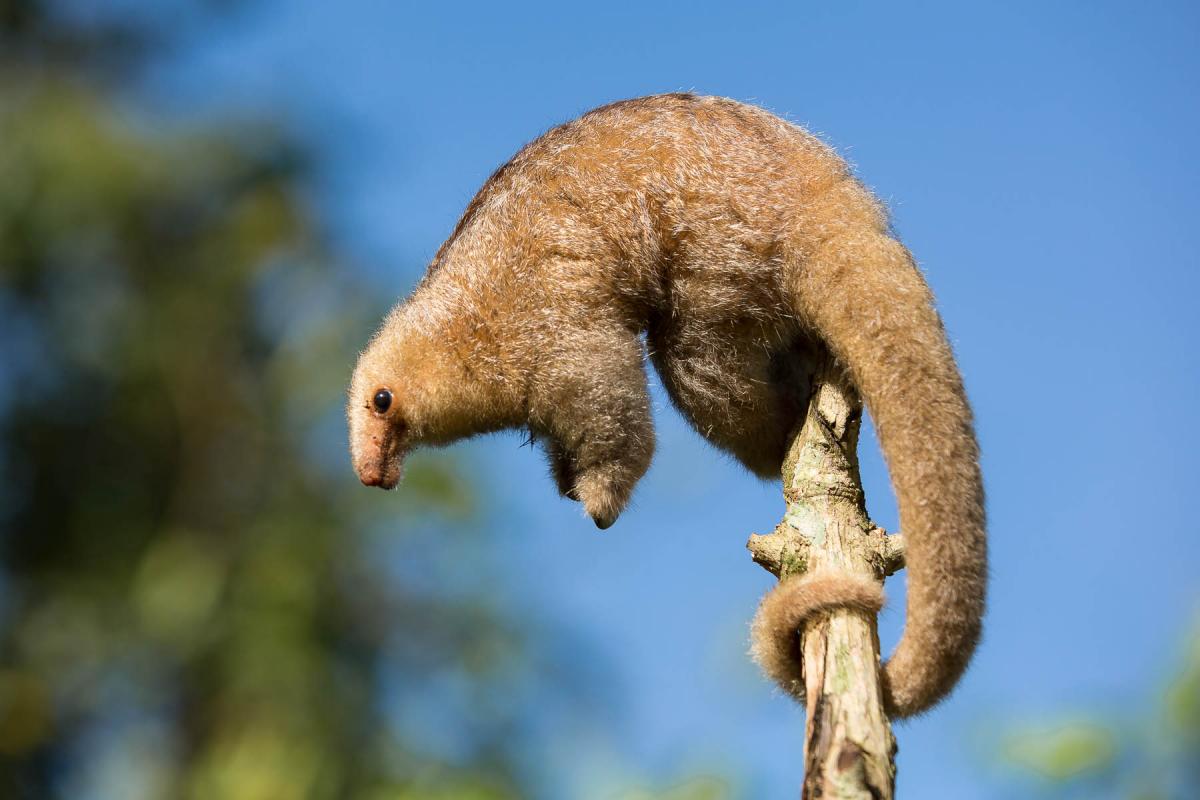
Xenarthra The Almost Perfect Clade, Part 1 National Center for
The silky anteater is nocturnal and arboreal: It lives its life in the treetops, almost never descending to the ground. Seldom seen, it is the world's least-studied anteater. 7+ Scientists once thought all silky anteaters were a single species but now believe there are seven or more distinct species.

Featured species Silky Anteater (Cyclopes didactylus)
The silky anteater ( Cyclopes didactylus ), also known as the pygmy anteater and two-toed anteater, is a furry forest-dwelling mammal of the Neotropics. Its scientific name means "two-toed circle-foot," referring to the two large claws on each front foot which appear to encircle whatever branch the animal is clinging to.
Sleepy Silky Anteater in Costa Rica Photo by Ondrej Franta r/anteaters
Pygmy Anteater, also called Silky Anteater is a species of anteaters that live in tropical forests of Southern and Central America, from Southern Mexico to Bolivia and Brazil. This small anteater spends his life in the trees, maneuvering through the branches, looking for termite nests. The Pygmy Anteater is the smallest anteater, being only 15
A Silky Anteater recently spotted in Panama Photo by Brian Wilcox
Weird & Wild Six New Tiny Anteater Species Found—Hiding in Plain Sight Tree-dwelling and nocturnal, silky anteaters of Central and South America have often eluded scientists—until now. By.
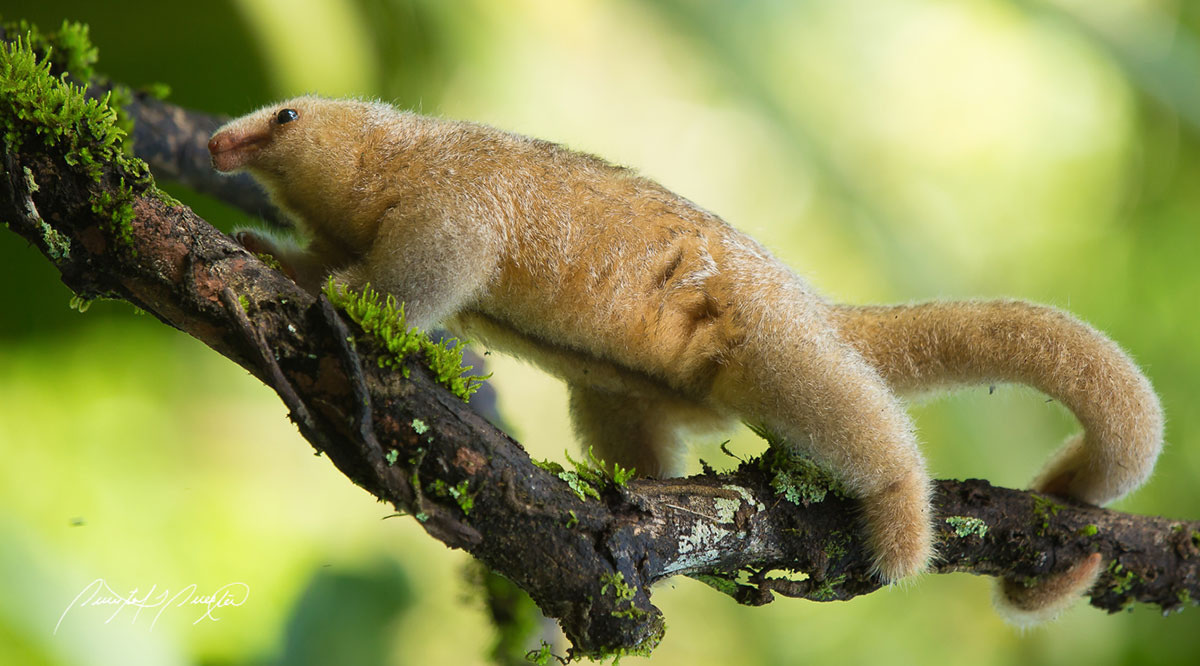
Wildlife Guide El Socorro Centre for Wildlife Conservation
The silky anteater is the smallest of all anteaters with a size similar to that of a squirrel. Its total body length usually ranges between 36 to 45 cm. Its tail measures 18 to 26 cm in length (Eisenberg and Redford, 1999). They typically weigh between 175 to 500 grams (Nowak, 1999).
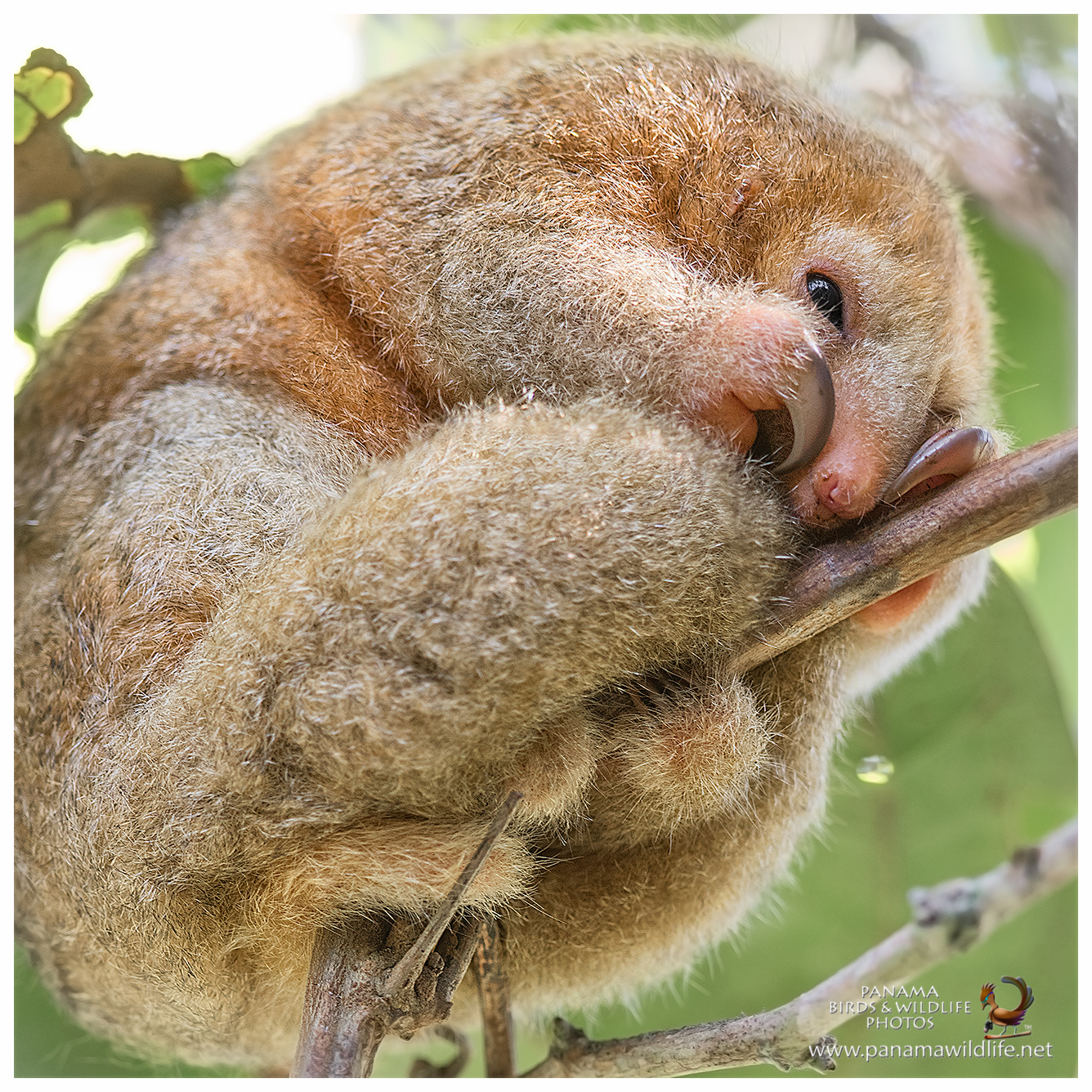
Featured species Silky Anteater (Cyclopes didactylus)
Scientists don't know how many silky anteaters live in Brazil's Parnaíba Delta. Densely vegetated mangroves make it difficult to count the elusive animals. Courtesy Karina Molina. Now.

Featured species Silky Anteater (Cyclopes didactylus)
Silky anteaters are sometimes captured and kept as a pet species in the country of origin. Threats (see Appendix for additional information) Although general deforestation is taking place over many parts of the range, C. didactylus remains widespread in the Amazon Basin and there are currently no major threats to the survival of this small.

Costa Rica Mammal Watching
Silky anteaters are the tiniest anteater species in the world, which is why there are often referred to as the pygmy anteater. They are typically around 35-45cm in body length, with a tail around 15-25cm. They can weigh as little as 200 grams! 2. They've got no teeth! A silky anteater can cover some serious foraging ground in an evening.
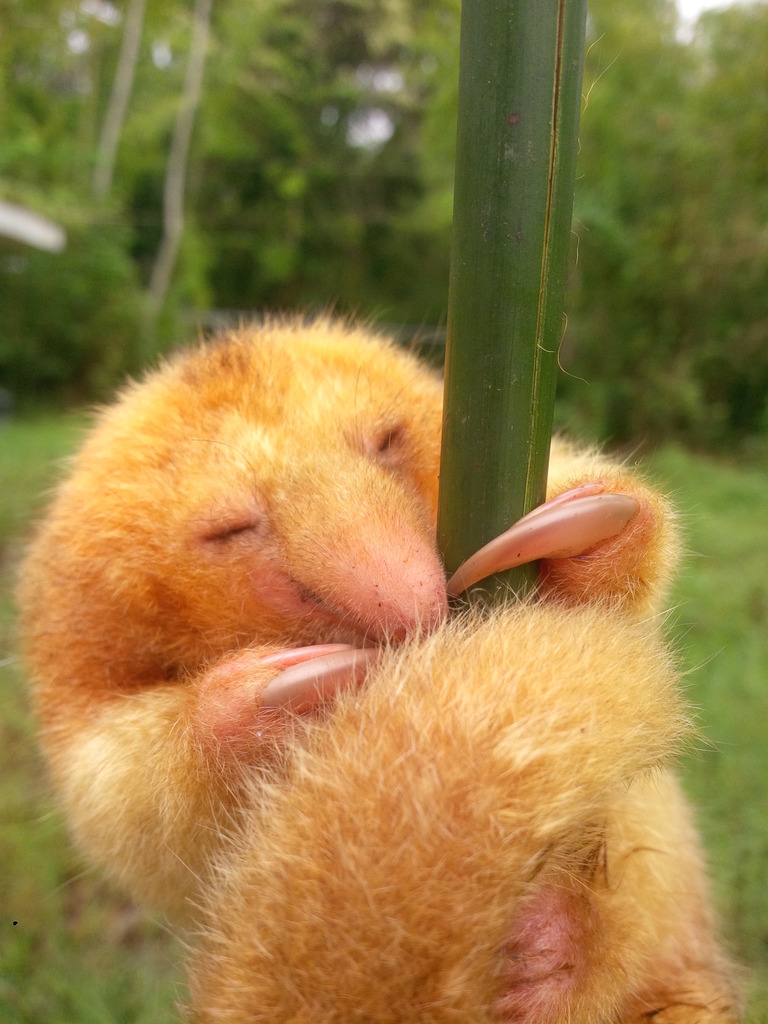
Silky Anteater Large Mammals of Honduras) · iNaturalist
Learn about the silky anteater ( Cyclopes didactylus ), the smallest anteater species. Encyclopædia Britannica, Inc. Observe silky anteaters navigate rainforest treetops with their prehensile tails Compare the elephant's 95-week gestation period with the marsupial American opossum's 12-13-day gestation

Silky Anteater Things Guyana
Silky anteaters are the smallest living anteaters and have proportionately shorter faces and larger crania than other species. Adults have a total length ranging from 36 to 45 cm (14 to 18 in), including a tail 17 to 24 cm (6.7 to 9.4 in) long, and weigh from 175 to 400 g (6.2 to 14.1 oz).

a735a51298ba4b0171358230ca978be600c055b2.jpg
The silky anteater isn't high. It's just tired, because this proficient nocturnal hunter has no business being up during the day.Still haven't subscribed to.
Silky Anteater in Peru r/anteaters
silky anteater See all related content → Recent News Dec. 14, 2023, 2:56 AM ET (Yahoo) John Oates ('The Masked Singer' Anteater) unmasked. anteater, (suborder Vermilingua), any of four species of toothless, insect -eating mammals found in tropical savannas and forests from southern Mexico to Paraguay and northern Argentina.

a small brown animal sitting on top of a tree branch with moss growing
The Silky Anteater (Cyclopes didactylus) has unique features. Its hind feet are modified for climbing and is mostly arboreal and nocturnal. It inhabits the forests of Central and South America and is considered the smallest anteater. For this reason, it is sometimes called pygmy anteater. The Silky Anteater has a body length in the range of 13.8"-17.7" (35-45 cm) and total weight of .4-.9.

Silky Anteater or Pygmy Anteater (Cyclopes didactylus) Anteater
The silky anteater, also known as the pygmy anteater, has traditionally been considered a single species of anteater, Cyclopes didactylus, in the genus Cyclopes, the only living genus in the family Cyclopedidae. Found in southern Mexico, and Central and South America, it is the smallest of all known anteaters.

Featured species Silky Anteater (Cyclopes didactylus)
major reference In anteater: The silky anteater Also known as the two-toed, pygmy, or dwarf anteater, the silky anteater ( Cyclopes didactylus) is the smallest and least-known member of the family. The silky anteater is found from southern Mexico southward to Bolivia and Brazil. It is not rare but is difficult… Read More
:max_bytes(150000):strip_icc()/silky-anteater-in-the-caroni-swamp-520381510-7f12f480da2849759c8dd074b0e35c4d.jpg)
8 Fascinating Anteater Facts
The silky anteater (Cyclopes didactylus) is a native of the hottest parts of South and Central America and exclusively arboreal in its habits. Behavior and ecology Sleeping giant anteater. Anteaters are mostly solitary mammals prepared to defend their 1.0 to 1.5 sq mi (2.6 to 3.9 km 2) territories. They do not normally enter a territory of.